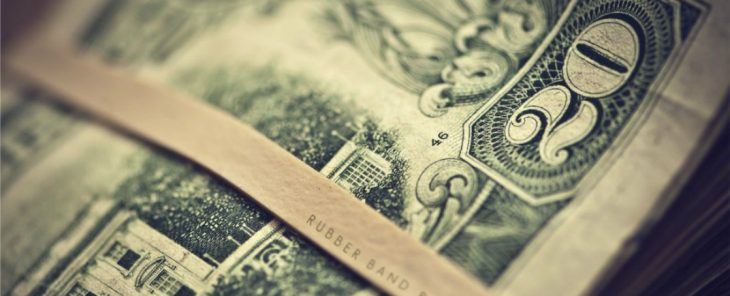Inflation stays high in March, but pace slows
by April 12, 2023 12:33 pm 807 views

The pace of inflation hit its lowest level since late 2021, but overall inflation remains high as core inflation – excluding food and fuel – ticked up 0.1% in March from the previous month and up 5% from a year ago. The number remains well above the Fed’s 2% target rate.
However, the price of food, energy and transportation remain elevated well above the normal historic range and that continues to keep inflation higher for the foreseeable future, according to the Consumer Price Food Index report released Wednesday by the Bureau of Labor Statistics.
The food index was unchanged in March and the food at home index fell 0.3% month over month, the first dip since September 2020. But compared to a year ago grocery prices remain higher in most categories. Grocery store prices rose 8.4% over the last 12 months. Cereals and bakery product prices rose 13.6% over the 12 months ending in March. Eggs prices are up 36%, dairy products up 10.7%, frozen fruits and vegetables are up 15.1% and nonalcoholic beverages like soda and coffee are up 11.5%.
Non-edible consumable product prices also remain high with cleaning products costing 7.6% more than a year ago, paper product prices rising 10.9% and other miscellaneous products costs up 12.1% from a year ago.
Restaurant food prices rose 8.8% in March from a year ago. Full-service venues raised prices 8% and limited service eateries hiked prices an average of 7.9% from a year ago.
Economists said food inflation is likely to remain through at least the first half of this year because of elevated ingredient costs. But wholesale ingredient prices are declining year over year, with butter prices down 16.7%, wheat down 18%, and cheese down 21.1%. Wholesale boneless, skinless chicken breast meat prices are down 54.3% from a year ago, whole chicken wings prices fell 51.1% and turkey breast meat is down 31.5% from a year ago.
Gasoline prices were 17.4% cheaper than a year ago, and fuel oil costs were 14.2% lower year over year, BLS reported. Stephens Inc. reports wholesale gasoline prices were down 18% as of April 7 compared to a year ago. But any savings on fuel was likely spent on higher utility costs as electricity bills rose an average of 10.2% on higher rates from service providers. Other utility costs increased an average of 5.5% from a year ago.
Rents rose 0.5% March on top of the 0.8% uptick in February. Rents and housing costs were up 8.8% year over year, according to the BLS report. Rent.com reports rental rates in Arkansas were up 18.68% in March, compared to a year ago. Economists said higher rental rates are here to stay as long as vacancies remain low.
Travel also remains more costly than a year ago with hotel rates averaging 7.9% more expensive and airfare costs up 17.7% in March compared to a year ago.
One bright spot in the BLS data was the 11.6% decline in used car prices from a year ago. BLS said used car prices have trended lower over the past several months, while new car prices were up 6.1% from a year ago.
